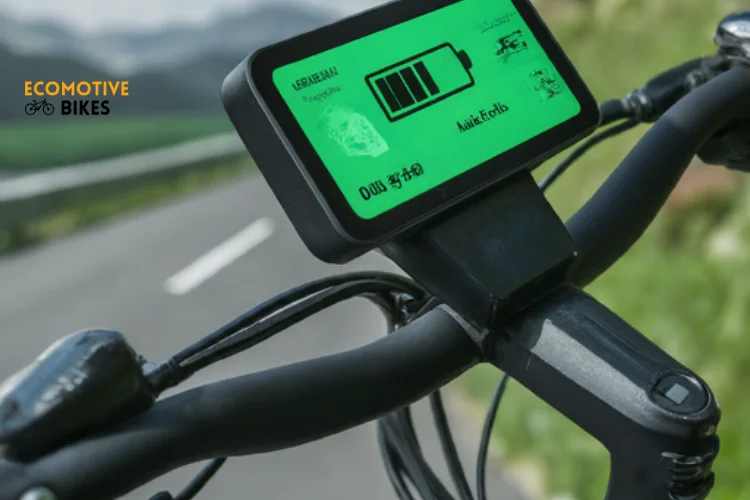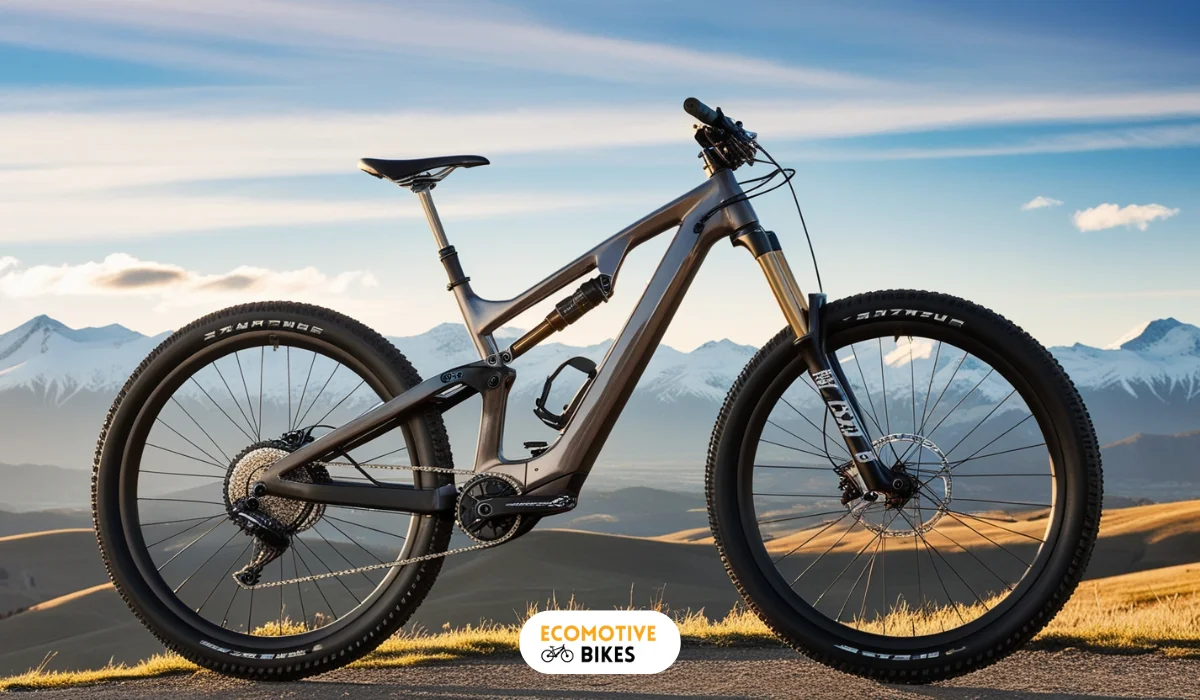How far can an electric bike go on a full battery?
Learn how far can an electric bike go on a full battery, exploring factors that affect range and how different models perform on long rides.
Table of Contents
Related Articles:
Electric bikes are a popular choice for commuting, exercise, and recreation, but how far can an electric bike go on a full battery? The answer depends on several factors, from rider weight to average speed, motor type to battery capacity. I have broken down in this article all those factors that influence the e-bike range.
What is an electric bike range?
Electric bike range refers to the distance an electric bike can travel on a single battery charge. This factor is crucial for determining the practicality and usefulness of an e-bike for individual riders based on their intended usage. While manufacturers provide estimated maximum ranges, the good news is you can significantly extend this distance through smart practices.

Factors that influence the range of e-bike battery
1. Mechanical factors
E-bike range isn’t just about battery life! Several mechanical aspects of your e-bike can significantly influence how far you travel on a single charge. Let’s explore these factors and see how to optimize them for maximum range:
- Power usage: Think of your e-bike’s battery as a fuel tank. Just like a car, using more power depletes it faster. Here’s how your power usage affects range:
- Throttle vs. Pedal Assist: Heavy reliance on the throttle, especially for climbing hills, drains the battery quickly. Leverage pedal assist whenever possible. It provides a power boost while requiring some pedaling, extending your range.
- Speed matters: High speeds demand more power from the motor to maintain velocity. Opt for a moderate, comfortable pace to maximize your ride’s distance.
- Gear up for efficiency: Gears play a crucial role in optimizing pedal assist and maximizing your e-bike range. Here’s why? A gear that’s too high for the terrain forces the motor to work harder, consuming more battery power. An appropriate gear based on the incline allows for smoother pedaling and efficient motor use, ultimately extending your range.
- Tires: The type and condition of your e-bike’s tires directly impact its range:
- Tire Choice: Smooth, narrow road bike tires are designed for low rolling resistance. This means less energy is wasted on tire deformation, maximizing the distance you travel per watt-hour of battery power. Opt for these tires for maximum range on paved surfaces.
- Maintain tire pressure: Inflated tires increase rolling resistance, requiring more effort from the motor to maintain speed. Regularly check and maintain your tire pressure according to the manufacturer’s recommendations for optimal efficiency and range.
- Battery capacity: Just like a car’s gas tank, the battery capacity on your e-bike determines its potential range. Most e-bikes offer a range between 20 and 50 miles on a single charge. However, high-quality batteries can extend this range to a thrilling 100 miles, allowing for extended adventures.
- Motor types: The E-bike range is also influenced by the motor type. Hub motors, located in the wheel hub, offer a simpler design but may be less efficient on hills. Mid-drive motors, positioned near the pedals, utilize gears for a more natural ride and potentially better range due to efficient power delivery. Consider your riding style (hilly commutes vs. flat leisure rides) when choosing a motor for optimal range.
2. External Factors
External factors like terrain, weather, and even your own effort play a significant role in how far you travel on a single charge. How? Here it is:
- Weight: Physics applies to e-bikes too! Heavier loads, including the bike itself, the rider, and any cargo, require more energy from the motor to maintain speed. This translates to a shorter range.
- Trails and Terrain: Not all rides are equal. Challenging terrains like hills, dirt paths, gravel, and mud, all demand more power from the motor to overcome resistance. Conversely, smooth paved surfaces with minimal incline allow for optimal range.
- Weather: Weather can be your e-bike’s best friend or worst enemy:
- Tailwinds: A tailwind provides a natural boost, extending your range.
- Headwinds: These force the motor to work harder, reducing your range.
- Wet Conditions: Rain and mud increase rolling resistance, requiring more battery power to maintain speed.
- Snow: Similar to mud, snow demands extra assistance from the motor, impacting your range.
- Rider effort: Your pedaling effort significantly impacts range. The contribution of more leg power reduces the burden on the battery, allowing you to travel further. Conversely, relying heavily on pedal assist will shorten your range.
- Battery health: Like any rechargeable battery, an e-bike’s capacity gradually decreases with repeated charging cycles. While lithium-ion batteries maintain a high capacity for a significant lifespan, eventually, a slight decrease in power output can translate to a shorter range.
3. Brand and model
- Realistic ranges vs. marketing claims: Be mindful of marketing claims! Some manufacturers showcase extreme ranges achieved under ideal conditions, like a low-speed, flat-terrain ride with a lightweight rider. In reality, your everyday riding experience will likely fall within a more moderate range.
- The sweet spot: Range vs. Features: While some models boast exceptional range, they might come with limitations. E-bikes designed for extreme ranges may have lower top speeds, making them unsuitable for certain riding styles or legal restrictions in some areas.
- Brands delivering on range promises: Fortunately, some e-bikes deliver impressive and achievable ranges. Some brands offer batteries capable of propelling you up to 120 miles on a single charge, but achieving this might require a combination of factors like moderate speeds, flat terrain, and minimal cargo.
- Options for longer distances: For riders seeking true extended-range capabilities, some brands offer e-bikes with dual battery options, potentially pushing the range limit to a remarkable 120 miles.

Tips to maximize your e-bike’s range
To maximize the range of your electric bike:
- Be mindful of your weight distribution to reduce strain on the motor
- Utilize pedal assist intelligently to balance power and energy consumption
- Adjust your speed based on terrain to optimize battery usage
Knowing how to ride your electric bike efficiently can make a significant difference in the distance you can travel on a full battery. Can you use a 52v battery on a 48v e-bike to extend the range?
How to maintain e-bike battery for optimum performance?
Maintenance plays a crucial role in optimizing the performance of your e-bike’s battery.
- Check the tire pressure regularly to reduce rolling resistance.
- Keep the chain well-lubricated to minimize friction.
- Clean your e-bike to prevent dirt buildup and maintain optimal performance.

How to extend e-bike battery life?
Optimizing your e-bike’s battery life involves implementing strategic practices that can enhance its overall performance and longevity.
- Store your e-bike in a cool, dry place to prevent battery degradation
- Avoid fully discharging your battery to prolong its lifespan
- Charge the battery after each ride to keep it topped up and ready for use
Read our post on whether you can leave your battery on charge for the entire night or not.
The Final Word: How far can an electric bike go on a full battery?
So how far can I buy go on a single charge? While there is no definite answer, there are certainly influencing factors and it is these factors that tailor your journey accordingly and optimize the bike’s performance.
Forget range anxiety – think of it as a range opportunity! And get ready to ride farther than ever before – because on an e-bike, the only limit is where you decide to stop.





